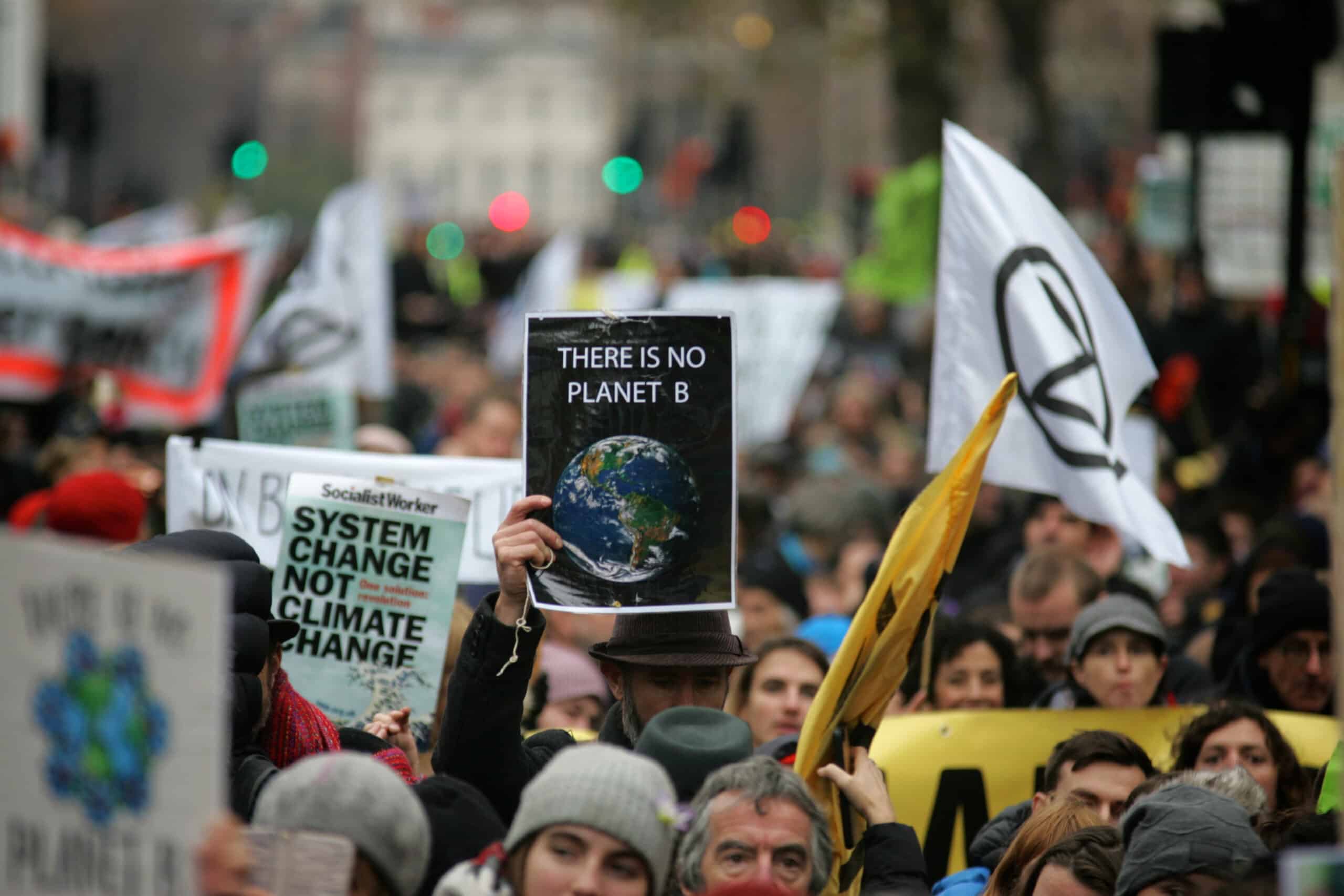We are working toward a world where we use fewer resources
Fair Resource Foundation strives for a world in which the depleting, exploitative and polluting consumption of resources is a thing of the past. Our goal is a society that functions within the limits of what our planet can bear, while promoting the well-being of all.
We are committed to strong and equitable environmental policies that make sustainable production and consumption the norm, and effectively eliminate pollution. By equitable environmental policy, we mean policies that are developed transparently and democratically, with the interests of all of society, including future generations, at their core. We want policies that are fair and inclusive, and not dominated by the influence of a few powerful interest groups. Our ultimate aspiration is a fair and sustainable world where people and the environment can live together in balance.
Read more about our vision and goals in our policy plan 2024-2027.

